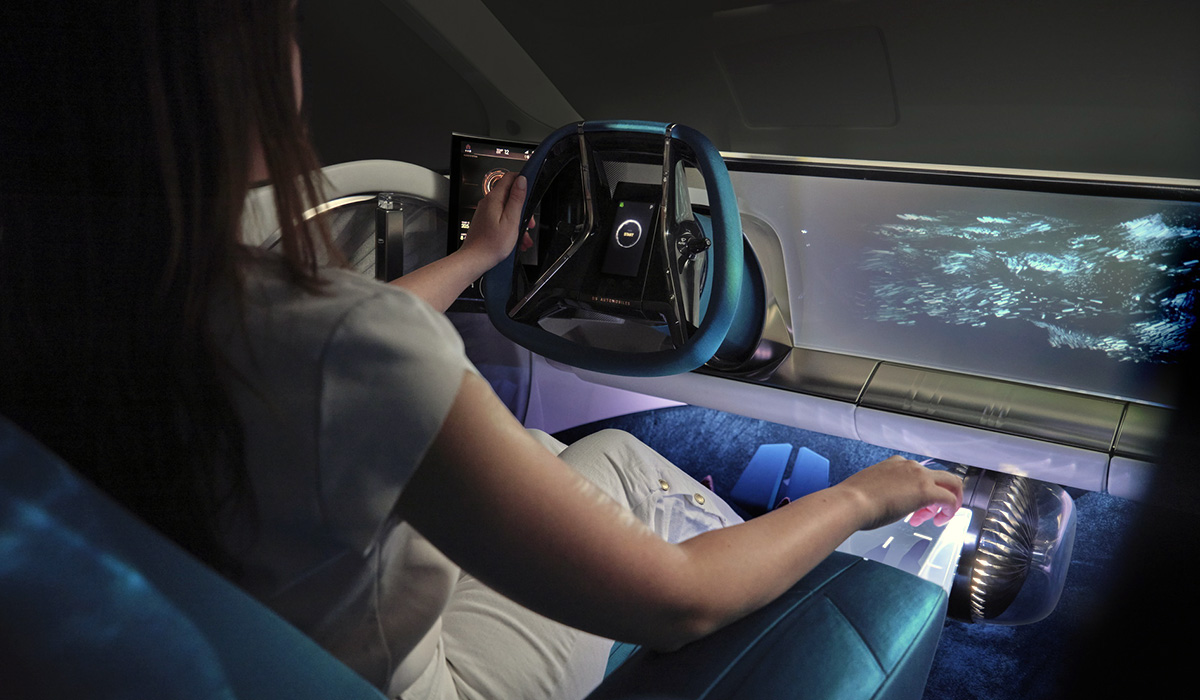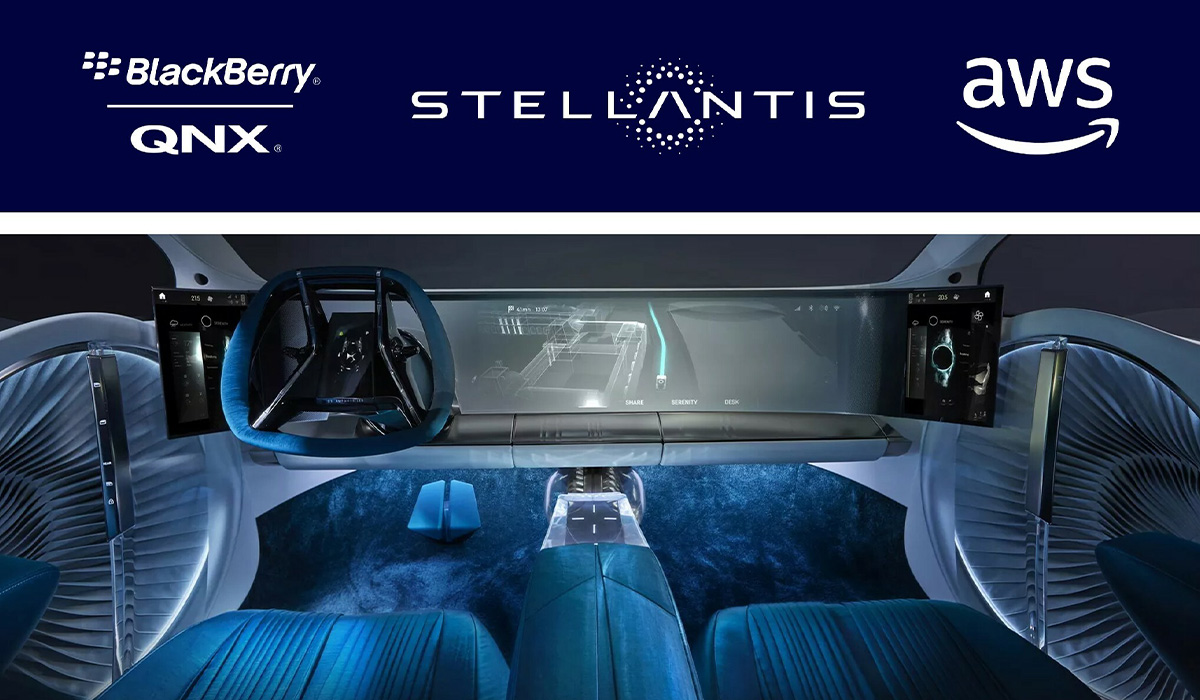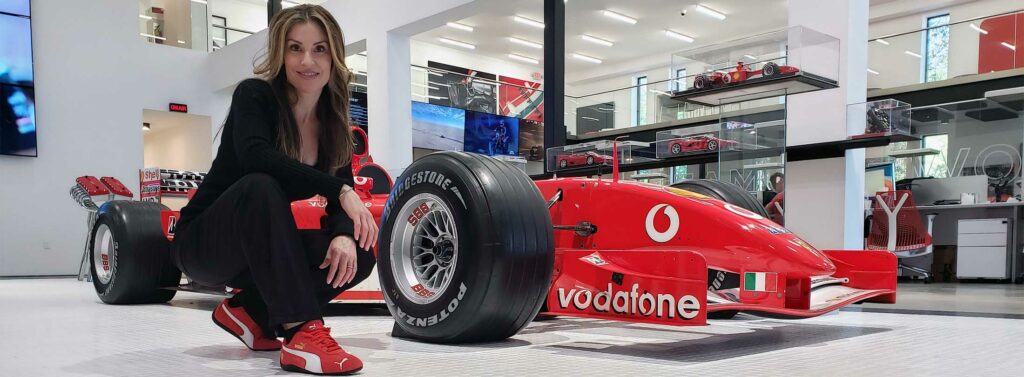Market Leaders Announce Innovative Technology at CES
A big leap in car innovation is here thanks to Stellantis N.V., who teamed up with BlackBerry QNX and AWS to introduce an amazing virtual cockpit. This technology is a game-changer for in-vehicle software engineering and promises to make infotainment tech even better for customers. What’s so impressive about it? Well, Stellantis’s Virtual Engineering Workbench (VEW) is setting a new standard. It’s speeding up the development process by a whopping 100 times, which means that infotainment tech can get into Stellantis cars much faster.
At the heart of this innovation is the QNX® Hypervisor, which is now in the cloud thanks to BlackBerry and is available early on AWS Marketplace through the QNX Accelerate tools.
So, what does this mean for Stellantis? They can now create super realistic virtual car controls that behave just like they would in a real car. And the best part? They don’t have to mess with the main software, which used to take months. Now, in some cases, it only takes 24 hours!
The QNX Hypervisor, now on AWS Marketplace, gives Stellantis the power to include a virtual cockpit HPC simulation in a cloud environment. This is a first in the industry and supports mixed-criticality and multi-OS embedded application development. Plus, it comes with QNX Hypervisor AMIs and industry-standard hardware interfaces based on the VirtIO standard Trout v1.2

Transforming the Driving Experience: How Cloud-Based QNX Hypervisor is Changing the Game
Yves Bonnefont, Chief Software Officer at Stellantis, highlighted the importance of this software-driven approach, stating, “Our virtual cockpit revolutionizes our approach and that of our industry partners. We get closer to customer needs with faster development cycles, quicker feedback loops, and efficient technology delivery.”
By deploying the QNX Hypervisor in the cloud, Stellantis can expedite customer feedback sessions, replicate real-time cockpit experiences, and optimize the driving experience with minimal effort. This real-time feedback, supported by low-latency access to the cloud, gathers valuable insights for future infotainment features.
Mattias Eriksson, President of BlackBerry IoT, expressed enthusiasm about early access to the QNX Hypervisor platform in the cloud, emphasizing the reduction of complexity, acceleration of innovation, and cost-cutting in in-car software development throughout the product lifecycle.
Wendy Bauer, VP and GM of Automotive and Manufacturing at AWS, stressed the importance of cloud software virtualization and abstraction to accelerate development and meet consumer demand. She stated, “With BlackBerry’s QNX Hypervisor on AWS Marketplace, Stellantis can easily harness the power of the cloud for faster research and development, insightful feedback integration, and quicker function delivery.”
Furthermore, the standard VirtIO interfaces in this groundbreaking platform are endorsed by automotive partners, enabling scalability across OEMs and promoting plug-and-play compatibility.
Experience the technology at the Consumer Electronics Show (CES) from January 9 – 12, 2024, at the Las Vegas Convention Center. Don’t forget to visit BlackBerry at Booth #4224 in the West Hall.
Article by AutomotiveWoman.com, an automotive & motorsport content creator
IMAGES: Blackberry + Stellantis NA
Subscribe to our channel: www.youtube.com/@AutomotiveWoman






